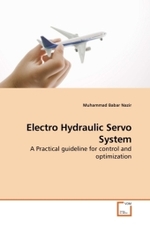Full Description
In the aftermath of the Soviet Union's collapse, Kazakhstan inherited the remnants of one of the world's most contaminated landscapes: the Semipalatinsk Test Site, known locally as the Polygon. Resigned to dispossession, residents have chosen to remain on the abandoned nuclear test site, despite the isolation and the radioactive environment, rather than face marginalization or the rigors of a neoliberal world. Atomic Collective examines this nuclear legacy through a decade-long ethnographic examination of the village of Koian, situated on the border of the test site. Facing residual radiation all around them and isolation, Koianers persist, reshaping their pastoral existence among the ruins and scientific debates surrounding genetic damage.
Drawing on first-hand accounts and archival research, this book explores the resilience and everyday survival strategies of a community left behind to fend for itself in the shadow of nuclear testing. It offers a unique perspective on life in a nuclear zone and poses fundamental questions about human resilience and the impact of historical events on a collective identity. Atomic Collective sheds light on a community overlooked in the larger Cold War histories of atomic testing.
Contents
Introduction: "Discovering" Koian
1. "The Forbidden Zone": Atomic Bombs and the Good Life
Introduction
Before the Bombs
Atomic Testing and the Virgin Lands Project
After the Bombs
Atomic Reflections
Conclusion
2. "Clean Air Is Our Death": Debates About Genetic Mutation
Introduction
The Debate About Low-Dose Radiation
Radiophobia as a Discursive Strategy
Containing the Damage
The Koianer Response
Conclusion
3. "Sami Po Sebe": Economy on the Periphery
Introduction
Envisioning the Collective
Trip to the Bazar
The Return of Tradition
Conclusion
4. "They Think We are Stupid": Reinventing Kazakh Tradition
Introduction
A People Apart
Experimental Rabbits
False Compliance
A System in Shambles
Conclusion
Conclusion: The Atomic Present







